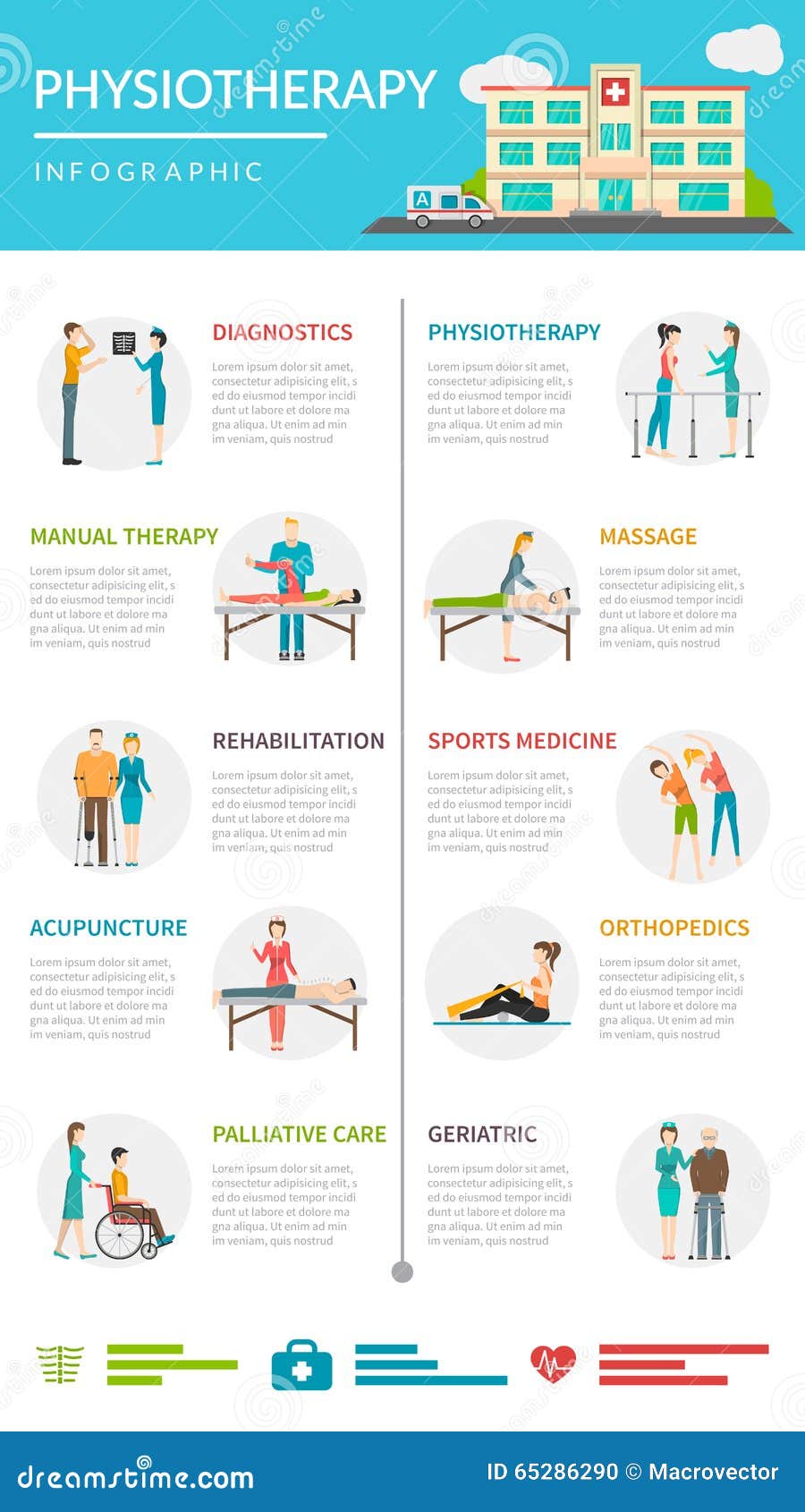The Connection Between Posture And Pain In The Back: Approaches For Keeping Appropriate Placement Throughout The Day
The Connection Between Posture And Pain In The Back: Approaches For Keeping Appropriate Placement Throughout The Day
Blog Article
https://shanepkeys.blogripley.com/32744914/a-novice-s-guide-to-comprehending-cervical-spine-anatomy-and-its-influence-on-neck-pain -House Mcgowan
Keeping appropriate pose isn't almost staying up directly; it has to do with aligning your body in such a way that supports your spine and reduces the risk of neck and back pain. The method you sit, stand, and move throughout the day can considerably influence your back health and wellness. But how specifically can you make sure good positioning consistently, even during busy days filled with numerous tasks? Allow's dig deeper into the refined yet impactful changes you can make to your everyday regimen to maintain your back happy and healthy.
Importance of Proper Posture
Proper stance is essential in maintaining a healthy back and avoiding discomfort. When you sit or stand with excellent stance, your spinal column is in alignment, lowering strain on your muscular tissues, ligaments, and joints. This alignment allows the body to disperse weight evenly, stopping extreme anxiety on specific areas that can lead to discomfort and discomfort. By keeping your back properly aligned, you can additionally improve your breathing and food digestion, as slouching can compress body organs and limit their performance.
Moreover, preserving great stance can enhance your overall appearance and confidence. When you stand tall with your shoulders back and head held high, you exhibit confidence and appear even more friendly. Good stance can likewise make you feel extra stimulated and sharp, as it promotes correct blood flow and enables your muscle mass to function efficiently.
Including correct pose right into your everyday routine, whether resting at a workdesk, strolling, or exercising, is important for avoiding neck and back pain and promoting overall health. Bear in mind, a small adjustment in just how you hold yourself can make a significant distinction in exactly how you really feel and function throughout the day.
Common Postural Mistakes
When it involves maintaining good pose, lots of individuals unconsciously make usual blunders that can add to neck and back pain and pain. One of one of the most prevalent mistakes is slumping over or hunching over while resting or standing. This setting puts extreme pressure on the spinal column and can bring about muscular tissue imbalances and discomfort over time.
Another common mistake is overarching the reduced back, which can squash the natural curve of the spinal column and trigger discomfort. Furthermore, crossing legs while sitting might feel comfy, yet it can produce a discrepancy in the hips and hips, bring about postural issues.
Using a cushion that's also soft or as well strong while sleeping can also affect your alignment and contribute to neck and back pain. Last but not least, continuously craning your neck to take a look at displays or readjusting your setting often can stress the neck and shoulders. Bearing in mind these typical postural blunders can help you maintain far better alignment and minimize the risk of back pain.
Tips for Correcting Alignment
To boost your positioning and decrease neck and back pain, it's essential to concentrate on making small adjustments throughout your everyday routine. Begin by being mindful of your stance. When resting, ensure your feet are flat on the floor, your back is straight, and your shoulders are relaxed. Prevent slouching or leaning to one side. Usage ergonomic chairs or paddings to support your reduced back.
When standing, distribute your weight evenly on both feet, maintain your knees somewhat curved, and tuck in your hips. Engage your core muscle mass to sustain your spinal column. Take breaks to stretch and walk if you have an inactive work. Integrate exercises that strengthen your core and back muscular tissues, such as slabs or bridges.
While resting, use a pillow that sustains the natural contour of your neck to preserve correct spine positioning. Avoid sleeping on your tummy, as it can stress your neck and back. By being mindful of these suggestions and making small adjustments, you can progressively fix your positioning and reduce neck and back pain.
Final thought
Remember, preserving good pose is crucial to avoid pain in the back and advertising spinal wellness. By being mindful of your alignment, dispersing weight uniformly, and engaging your core muscles, you can reduce pressure on your back and lessen the risk of discomfort and injury. Integrate ergonomic assistance, take regular breaks to extend, and strengthen your core and back muscular tissues to keep appropriate placement throughout the day. Web Site will thank you for it!
